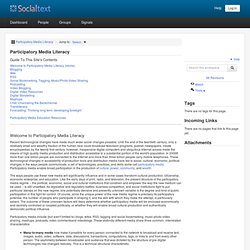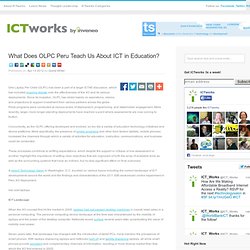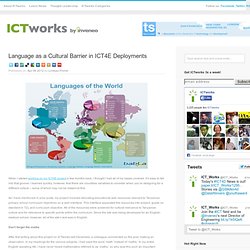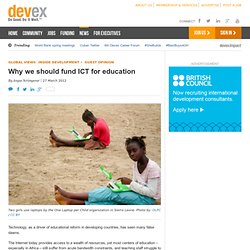

Building Citizenship Skills through Media Literacy Education. Hobbs, R. (1998). Building citizenship skills through media literacy education. In M. Salvador and P. Sias, (Eds.) Westport, CT: Praeger Press, pps. 57 -76. A thirteen year old is studying the cover of a magazine issue featuring the furrowed face of Bob Dole.
How can citizens be best prepared to participate in a democracy? In fact, the powerful concept of literacy was the driving force that led leaders in the media literacy movement to adopt a comprehensive definition of media literacy as "the ability to access, analyze, evaluate and produce communication in a variety of forms" in a conference sponsored by the Aspen Institute (Aufderheide, 1992). This phase of media literacy involves gaining consciousness and sensitivity regarding the extent and magnitude of individuals' exposure to different kinds of media messages, from billboards to tee shirts, from newspapers and television to videogames and the internet.
The Question of Evidence: How do we know what we know? Participatory Media Literacy / Participatory Media Literacy. Guide To This Site's Contents Welcome to Participatory Media Literacy (Home)BloggingWikiRSSSocial Bookmarking, Tagging, Music/Photo/Video SharingPodcastingVideo BloggingDigital Video ResourcesDigital StorytellingMashupsChat: Channeling the BackchannelTransliteracyForecasting: Thinking long term, developing foresight Participatory Media Education Resources Recent technological changes have made much wider social changes possible: Until the end of the twentieth century, only a relatively small and wealthy fraction of the human race could broadcast television programs, publish newspapers, create encyclopedias; by the twenty first century, however, inexpensive digital computers and ubiquitous Internet access made the means of high quality media production and distribution accessible to a substantial portion of the world's population.

What Does OLPC Peru Teach Us About ICT in Education? One Laptop Per Child (OLPC) has been a part of a larger ICT4E discussion, which has included ongoing debate over the effectiveness of the XO and its various deployments.

Since its inception, OLPC has relied mainly on aspirations, visions, and projections to support investment from various partners across the globe. Pilots programs were conducted at various levels of deployment, programming, and stakeholder engagement. More recently, larger, more longer-standing deployments have reached a point where assessments are now coming to fruition. Concurrently, as the OLPC offering developed and evolved, so too did a variety of education technology initiatives and device platforms.
More specifically, the presence of similar programs and other form factors (tablets, mobile phones) increased the channels through which a variety of activities for education, instruction, communications, and business could be conducted. ICT Landscape Assessment in Context Outputs vs. Objects vs. One-to-What Computing. Language as a Cultural Barrier in ICT4E Deployments. When I started working on my ICT4E project a few months back, I thought I had all of my bases covered.

It’s easy to fall into that groove. I learned quickly, however, that there are countless variables to consider when you’re designing for a different culture – some of which may not be blatant at first. As I have mentioned in prior posts, my project involved allocating educational web resources relevant to Tanzanian primary school curriculum objectives on a web interface. This interface separated the resources into subject, grade (or standard in TZ), and curriculum objective. All of the resources were screened for cultural relevance to Tanzanian culture and for relevance to specific points within the curriculum. Don’t forget the maths After first writing about this project on ICTworks last December, a colleague commented on the post, making an observation. As it turns out, Tanzania uses United Kingdom English – not American English, and in U.K.
Language is local. Why we should fund ICT for education. Technology, as a driver of educational reform in developing countries, has seen many false dawns.

The Internet today provides access to a wealth of resources, yet most centers of education – especially in Africa – still suffer from acute bandwidth constraints, and teaching staff struggle to identify resources that are both relevant and available. Likewise, devices of one kind or another have been heralded as step changes in the way students learn, yet the right combination of functionality and affordability has so far been elusive – until now. In October 2011, the Indian government launched a seven-inch tablet computer called the Aakash at a price of US$35, or $65 before subsidy.
By all accounts, the device was not perfect, but it went a long way in satisfying the functionality and affordability requirements. But will they? The reality is that old habits die hard, and the spread of high-speed Internet is uneven, especially in countries with low per-capita income. Read more: 01_education_technology_shearer.pdf (application/pdf Object)